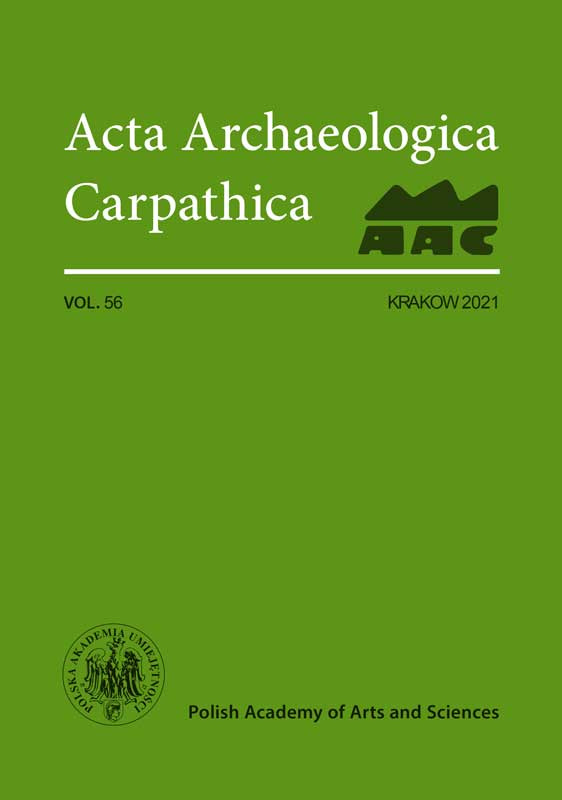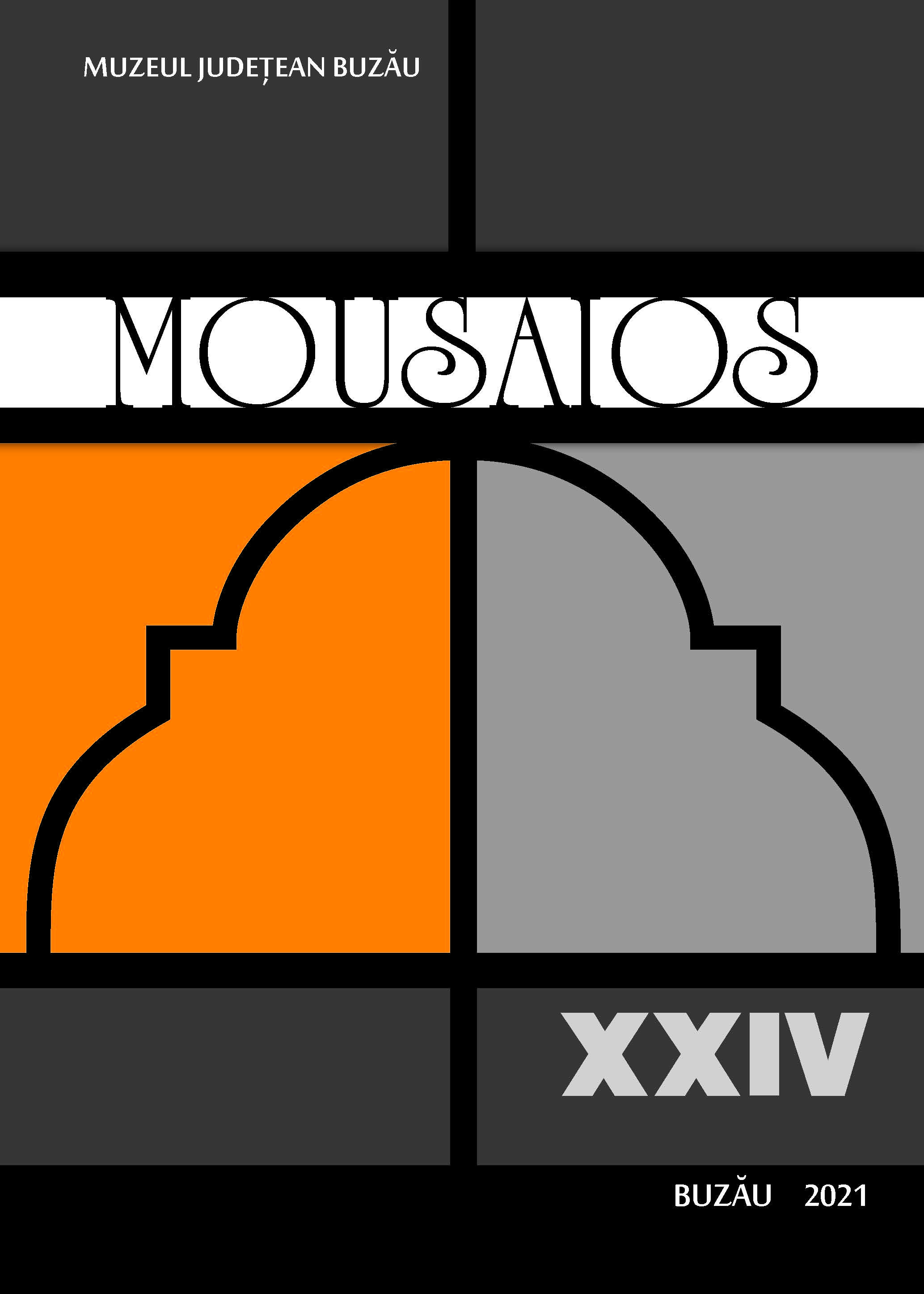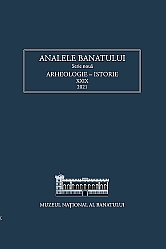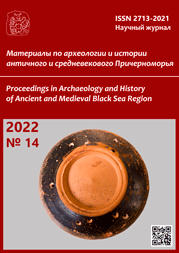Author(s): Laurenţiu Grigoraş,Roxana Munteanu,Daniel Garvăn,Valentin Dumitraşcu / Language(s): English
Issue: 18/2022
During 2019–2020, the research of the Eneolithic layers took place in Trench 11 (S11), located in the NW part of the site of Pietroasa Mică - Gruiu Dării. Ten Eneolithic archaeological features were identified and investigated: C113 and C295 (remains of burnt wattle and daub structures); C295a (“agglomeration” of archaeological materials); C298 (group of stones laid out in circular pattern); C296–297 and C299–302 (pits and/or depressions). During these two seasons, several other features cutting some of the mentioned Eneolithic contexts were also investigated: C293 (pit identified in square C), C275 (foundation ditch observed along the entire length of S11 and entering the NE and SW profiles) – both attributed to the Bronze Age; C204 (square D) and C229 (square B) – pits attributed to the Iron Age.Within the Eneolithic layer, two levels were discerned (N.1 and N.2), each with an average thickness of approx. 35–45 cm. Features 113, 295, 295a and 296 were identified in N.1 (the upper Eneolithic layer) and features 297–302 were noticed at the base of N.2 (the lower Eneolithic layer).Numerous and varied archaeological materials were discovered in the Eneolithic depositions of S11: pottery sherds (Cucuteni B2 and alike Cernavoda I ) vessels; zoomorphic and anthropomorphic plastic art; loom weights; tools made of hard materials (stone, bone and antler); adornments and/or pendants; various items of uncertain functionalities. The Eneolithic layers also contained animal osteological remains, scattered deposits or agglomeration of stones and a very large amount of burnt adobe, all mixed up with the abovementioned artifacts. The excavations produced 1380 animal bone remains, respectively 889 from layer 1 and 491 from layer 2. The archaeozoological material is typical of household waste (Tab. 1), with traces of cutting, burning, carnivore activity and rodent teeth marks. Except for a few bird fragments, the material is represented by mammals, mostly domestic. Among the domestic species, ovicaprines and domestic cattle predominate on both levels. Pig and dog contribute with very few skeletal remains. Wild animals are present with rare fragments from red deer, roe deer, wild boar, fox, hare and a small rodent, probably the European ground squirrel. In addition to the mammalian bones, 15 bird bones were also discovered, most of them large, indicating goose or bustard. The livestock economy was focused on ovicaprines and cattle, with pigs playing a very small role. There is evidence that the dog was also consumed. Hunting is poorly represented.
More...






